Keeping it to a dull roar
aliris19
13 years ago
Related Stories
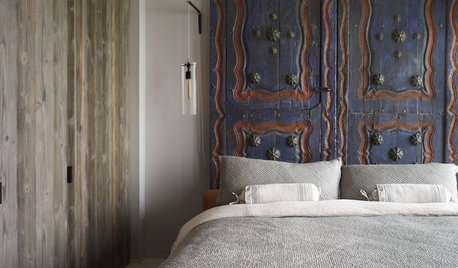
BEDROOMSHeadboard Alternatives to Make a Dull Bed Divine
Take the adventurous route with twigs or splurge on a high-end rug. All of these unusual headboards show creativity and catch the eye
Full Story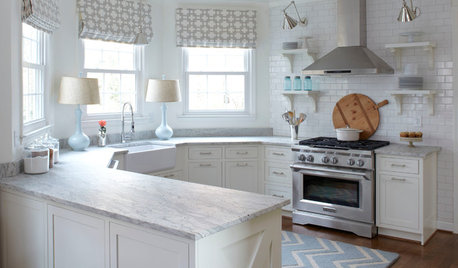
KITCHEN DESIGNHow to Keep Your White Kitchen White
Sure, white kitchens are beautiful — when they’re sparkling clean. Here’s how to keep them that way
Full Story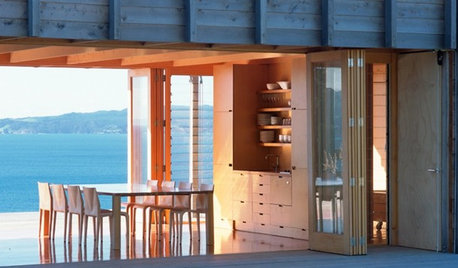
HOMES AROUND THE WORLDKiwi Beach Houses That Keep Things Simple
Discover how New Zealand architects are reinventing the coastal home without sacrificing its charms
Full Story
LIFEHow Your Landscaping Can Keep Burglars Away
Prevent home break-ins with strategic landscaping and good practices instead of menacing — and maybe less effective — measures
Full Story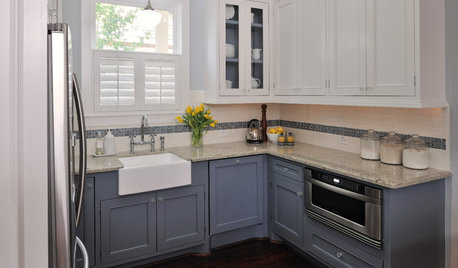
KITCHEN CABINETSKeeping Cabinet Color on the Down Low
Give just base cabinets a colorful coat for a kitchen sporting character and a spacious look
Full Story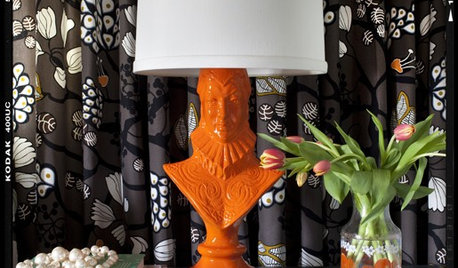
DECORATING GUIDESKeep Things Fresh With a Bright Lacquer Finish
Go From Ho-Hum to Instant Glam With a Coat or Two of Glossy, Colorful Varnish
Full Story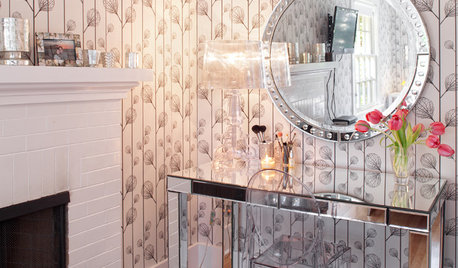
HOUSEKEEPINGHow to Keep the Sparkle in Your Mirrored Furniture
Your romance with mirrored pieces doesn't have to fade over time, when you schedule regular dates to fight fingerprints, dust and flaws
Full Story
Keep Calm and Carry On: Going Beyond the Poster
Create a soothing retreat with texture, light, repetition and the beauty of nature
Full Story
GARDENING AND LANDSCAPINGHow to Keep Your Outdoor Furniture Looking New
Give cushions and wicker, teak or metal frames a little regular TLC to help them last
Full Story
DINING ROOMSRoom of the Day: Victorian Dining Room Keeps It Formal Yet Fresh
A Queen Anne home gets a renovated dining room with traditional detailing and loads of charm
Full Story






salmon_slayer
davidro1
Related Professionals
Frankfort Kitchen & Bathroom Designers · Ojus Kitchen & Bathroom Designers · Bay Shore Kitchen & Bathroom Remodelers · Clovis Kitchen & Bathroom Remodelers · Elk Grove Kitchen & Bathroom Remodelers · Schiller Park Kitchen & Bathroom Remodelers · West Palm Beach Kitchen & Bathroom Remodelers · Fairmont Kitchen & Bathroom Remodelers · North New Hyde Park Cabinets & Cabinetry · Palisades Park Cabinets & Cabinetry · Radnor Cabinets & Cabinetry · South Riding Cabinets & Cabinetry · Warr Acres Cabinets & Cabinetry · Wildomar Cabinets & Cabinetry · Milford Mill Cabinets & Cabinetrydeeageaux
aliris19Original Author
deeageaux
deeageaux
aliris19Original Author
aliris19Original Author
deeageaux
deeageaux
plllog
deeageaux
sayde
plllog
sayde
aliris19Original Author
davidro1
kaseki
plllog